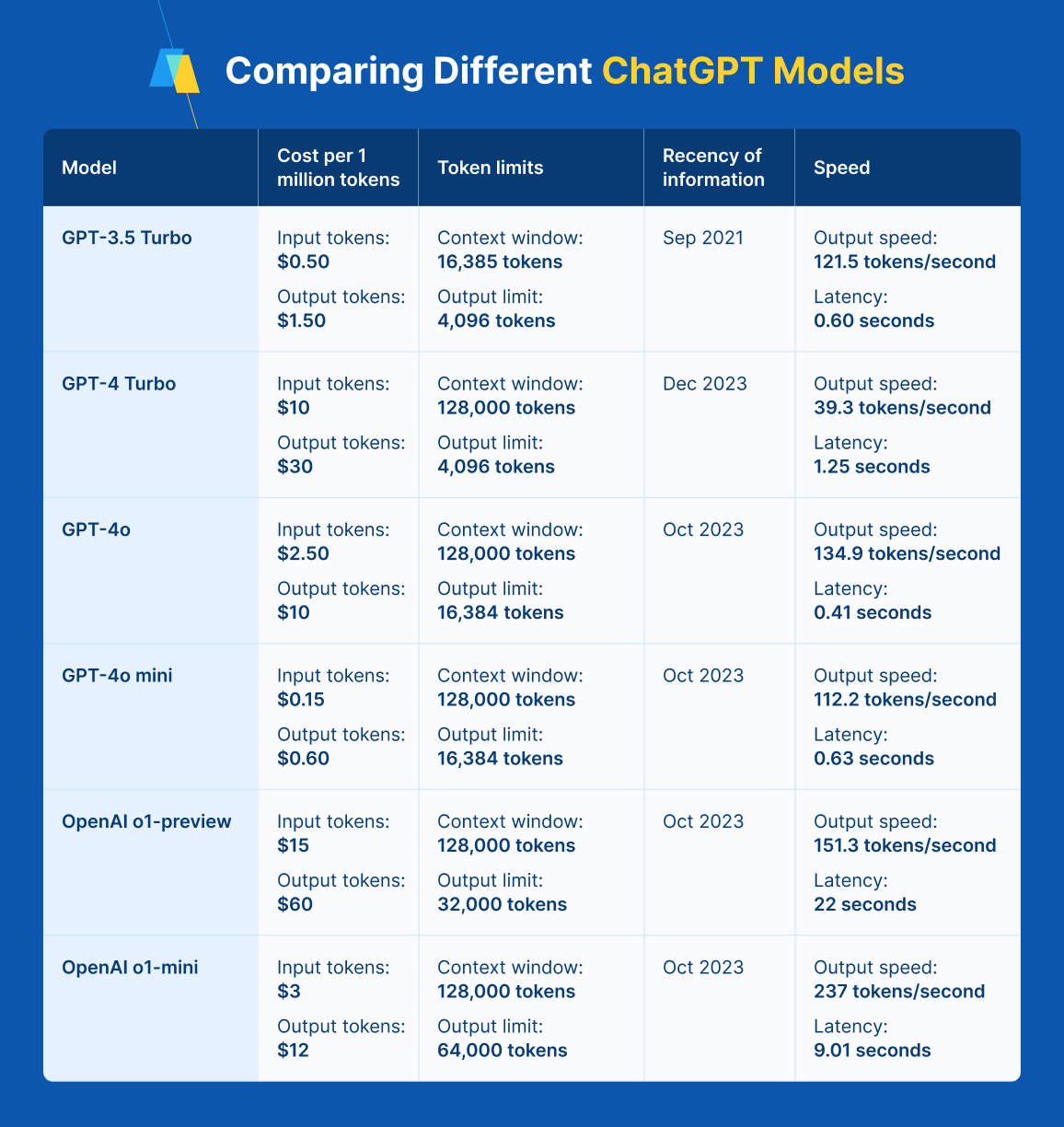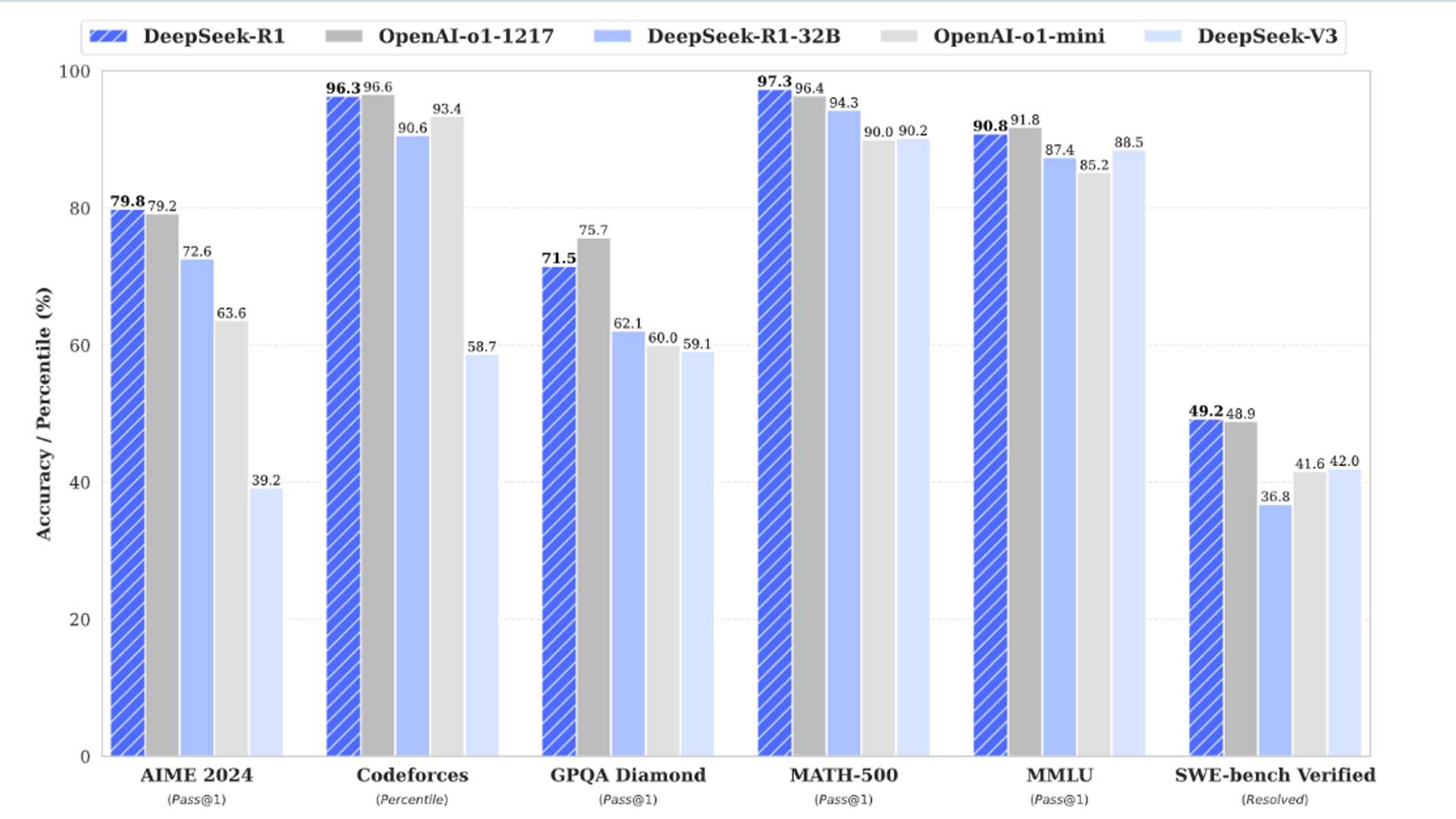The race in AI: How do DeepSeek and ChatGPT compare? – The ...
In late January, investors saw Nvidia shares plunge by 17%, accompanied by a market value drop of around $590 billion — the largest single-day setback ever recorded for a U.S. company. While Nvidia was hit especially hard, other companies like Microsoft, Meta, Platforms, Oracle, and Broadcom also dropped in value. On Apple’s App Store, the previous record for the most downloaded app in a day, held by OpenAI with 9 million downloads, was suddenly toppled. This historic disruption can be attributed to DeepSeek, an AI company from China, previously unheard of in the US. The company has machine learning models with similar capabilities to ChatGPT but is priced nearly 30 times cheaper. Most importantly, the company claims to have developed its model for only $6 million, a tiny fraction compared to OpenAI’s billion-dollar budget. On that day in January, around $1 trillion in the valuation of AI-related stocks was lost. Since then, DeepSeek has spurred legal action from OpenAI and AI reforms across the US. But perhaps most importantly, DeepSeek’s entrance brought with it a new era of AI innovation, providing new tools for aspiring engineers and high schoolers throughout the world.

A 17-year journey from algorithmic trading models to the biggest AI company in China
The DeepSeek AI model was created in Hangzhou, China, by Hangzhou DeepSeek Artificial Intelligence Co., Ltd, an artificial intelligence company founded by Liang Wenfeng in May 2023. Liang’s first company, High-Flyer AI, which later became the parent company to DeepSeek, began as a hedge fund that relied on investment in mathematics and AI for its success. In 2016, the company released an AI trained model that relied on a deep learning algorithm to calculate the best stock market trades by identifying subtle trends; the company went on to become one of the largest quantitative analysis companies in China. In April 2023, High-Flyer began developing DeepSeek, which eventually split off into its own company. According to Forbes, Liang founded the company with only $1.4 million. DeepSeek relied on processors built in China as opposed to Nvidia’s chips, which were banned in the country. On Jan. 20, DeepSeek released its R1 model, including open-source code — and a week later, investors and stock traders responded with a historic sell-off as they realized the implications of the technology.

Students share their perspectives on differing AI models
AI is used extensively in high schools across the nation. According to Pew Research Center, 26% U.S. teenagers aged 13 to 17 use ChatGPT for their schoolwork — some as a way of cheating and others for legitimate, school-approved purposes. OpenAI’s ChatGPT has 400 million weekly users.
DeepSeek’s role in research for STEM-focused students
Senior Timothy Wei is a student who experiments with computer programming and math regularly and sees the benefits of weaving AI into his work. Having used both DeepSeek and ChatGPT, he finds that each has unique strengths. “In my experience, ChatGPT is better conversationally — for explaining stuff and working with multimodal things,” Wei said. “DeepSeek is better for technical stuff, such as coding or math. Also, it’s a lot cheaper since its best models are free.” Junior Vihaan Bhaduri, who spends time doing CS research through app development, feels DeepSeek has better use cases for STEM-related topics. Specifically, DeepSeek provides more specific and usable responses for programming compared to ChatGPT’s. Senior Alex Yaung, who uses AI for research purposes, has tested DeepSeek in both English and Chinese. While he feels DeepSeek can respond well in English, the server times are usually quicker and have better responses when he asks queries in Chinese. Still, when prompting DeepSeek in English, Yaung has found that the model does better than GPT at times. Despite ChatGPT’s robust capabilities, Yaung feels it hasn’t evolved much in recent months. He thinks DeepSeek excels over ChatGPT for school-related tasks such as chemistry topics and in its cultural thinking, where he’s found it to be much better at generating more human-like dialogue.

Is DeepSeek more efficient than competitors?
Since its release, DeepSeek has claimed that its product “outpaces rival models in mathematical tasks, general knowledge, and question-answer performance benchmarks.” DeepSeek also appears to be more cost and resource-efficient, setting a new standard for future models. One of its latest models, R1, was allegedly developed with only $5.6 million. By contrast, according to the Economic Times, OpenAI was projected to have lost $5 billion in costs while bringing in $3.7 billion in revenue from 2023-2024. DeepSeek’s low-cost model immediately made investors hesitant about their heavy investments in U.S. competitors, causing a domino effect across the stock market; on the day DeepSeek’s R1 model was released, NVIDIA shares dropped 8.1%, Microsoft fell 3.6%, and Alphabet sank 3.1%. Outside the stock market, DeepSeek’s reported spending of $5.6 million solely on graphics processing units (GPUs) has raised eyebrows for being suspiciously low. According to a report from Semi-Analysis, DeepSeek has actually invested up to $1.6 billion in hardware, part of it going toward 50,000 NVIDIA Hopper GPUs for computer processing. The other $944 million was estimated to be spent on operating costs. If DeepSeek has truly spent so little money and has superior technology, experts say OpenAI would become the inferior model.




















